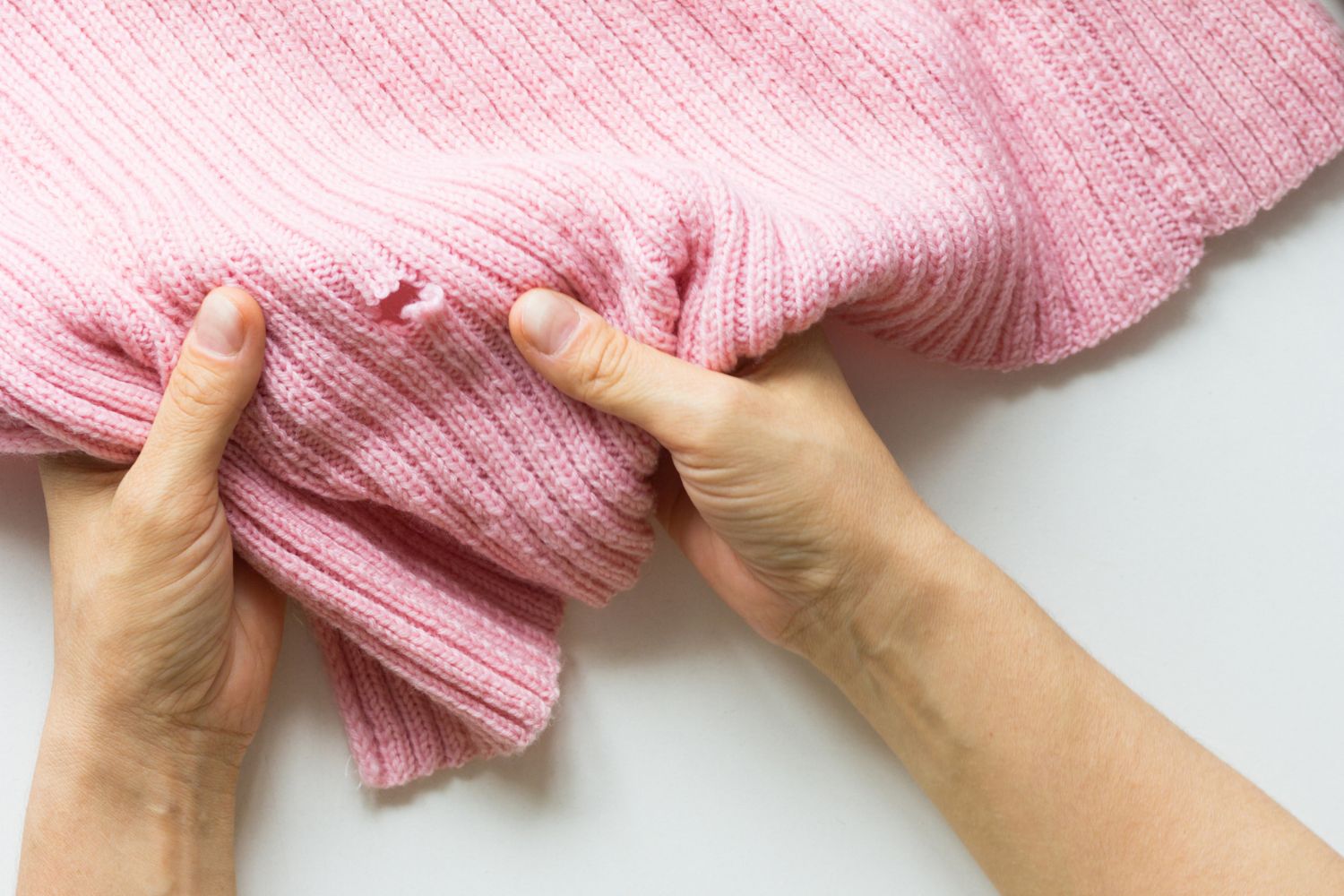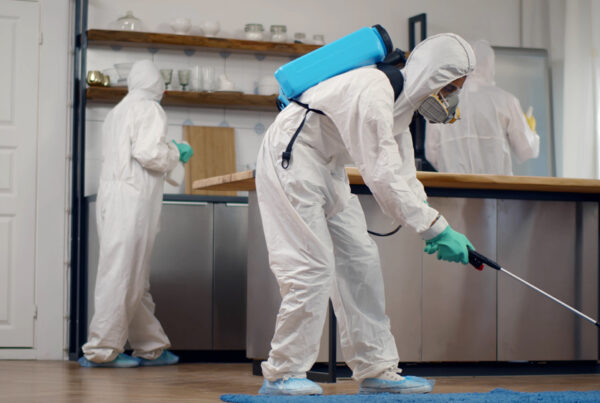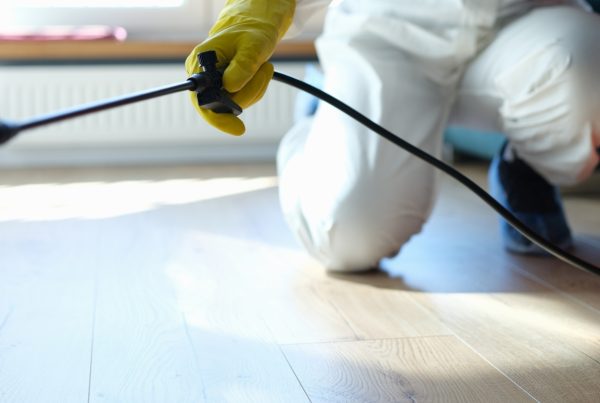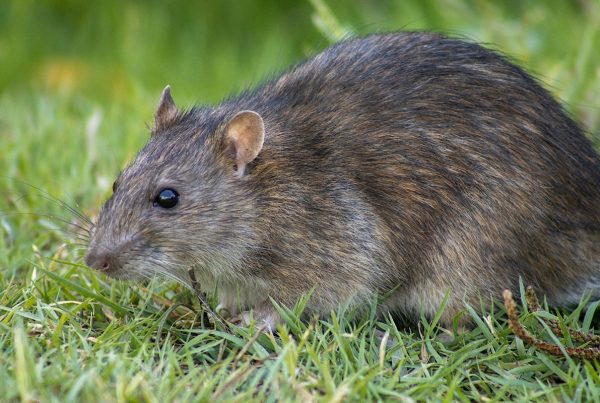While certain pests may not destroy your home, they can certainly earn their “pest status” by ruining your clothes. Fortunately, there’s more than one way to protect your favorite outfits, whether you’re storing them for the season or keeping them at the front of your closet.
Do Mice Eat Clothes?
Yes, mice can eat clothes. Mice are opportunistic feeders, and they will consume a wide range of materials to satisfy their nutritional needs. While their primary diet consists of seeds, grains, and fruits, they are known to nibble on various items, including clothing, especially if it’s made of natural fibers like cotton, linen, wool, or silk.
Mice may be attracted to clothes for several reasons:
- Nesting Material: Mice use soft and fibrous materials to build their nests. Clothes made of natural fibers can provide them with suitable nesting material, especially when they are creating nests in hidden and undisturbed areas like closets, attics, or storage spaces.
- Food Source: Sometimes, mice may chew on clothes to access food residues or sweat stains left on the fabric. These tiny creatures can detect and consume small traces of food that might be present on clothing.
- Teeth Growth: Mice have continuously growing teeth, and they gnaw on various objects, including clothes, to keep their teeth trimmed and prevent them from becoming too long.
What Other Pests are Known for Damaging Clothes?
Aside from mice, several other pests are known for damaging clothes. These pests may feed on fabrics, use them for nesting materials, or cause other types of harm. Here are some common pests that can pose a threat to your clothing:
- Clothes Moths: Clothes moths are notorious for their ability to damage natural fibers like wool, silk, feathers, fur, and leather. The larvae of clothes moths feed on these materials, creating holes and weakening the fabric. They prefer dark, undisturbed areas, such as closets and storage spaces, making them difficult to detect until the damage is noticeable.
- Carpet Beetles: Carpet beetle larvae also feed on natural fibers like wool, silk, and cotton. They can cause significant damage to clothing, carpets, upholstery, and other fabric-based items. Carpet beetles are attracted to dust and lint, so they may infest areas with a buildup of debris.
- Silverfish: Silverfish are nocturnal insects that prefer dark and damp environments. While they do not feed directly on clothing, they are attracted to items containing starch or proteins, such as glue and sizing in fabrics. As a result, they can damage clothes, especially if they are stained or soiled.
- Rats and Squirrels: Like mice, rats and squirrels can chew on clothes to use the fabric for nesting material. They are particularly destructive if they gain access to storage areas where clothes are kept.
- Crickets: Some species of crickets, like the house cricket, may nibble on clothes, particularly if they are soiled or stained with food residues.
How to Protect Your Clothing from Pests
Sick of digging through a closet of holey clothes? Use these tips to protect your clothing from common household pests, like mice, moths, and silverfish.
1. Use Mother Nature to your advantage with natural repellents.
There are multiple plant-based options you can use to keep bugs and rodents away from your clothing. Not only are they effective, but they’re a safer and healthier alternative to typical mothballs, which frequently contain toxic chemicals like paradichlorobenzene or naphthalene.
Here are just a few plant-based solutions that can help keep your clothing safe from pests:
- Chips, blocks, and rings made of cedar. Cedar’s pungent aroma naturally repels numerous pest varieties, including moths and silverfish. You can keep cedar chips in sachets stored with your apparel or hang cedar rings or blocks from clothes hangers.
- Herb sachets. Herbs that we typically associate with a refreshing or spa-like experience tend to be the least attractive to bugs that damage clothes. Opt for herbs like lavender, mint, clove, and rosemary for the best result against carpet beetles, moths, and silverfish.
- Peppermint oil. Rodents hate the strong smell of peppermint. Apply a store-bought or DIY peppermint oil spray around objects you want to protect or entry points that rodents may try to squeeze through.
2. Wash clothes before you store them, but skip the fabric softener.
The oils and other organic material we leave behind on our clothes make them more attractive to pests (it’s not a lovely thought, but it’s true). Before putting your clothes into boxes for the season, wash them in the warmest setting that the fabric will allow, and let the clothes dry completely before you store them.
Pro Tip: Avoid using starch or fabric softener. These products tend to attract pests.
3. Never store your clothes in cardboard.
Your clothes will get the most protection from hard, plastic containers. Cardboard is just another food source for bugs like silverfish due to its cellulose content, and rodents can chew or tear through it easily to get to your belongings.
4. Seal entry points into your home.
The first places to check are your doors and windows. Check for any worn or missing caulk, weather-sealing, or door sweeps that should be replaced. Don’t forget to inspect the screens for any rips or gaps.
Next, conduct a thorough inspection of your home’s exterior, checking for any holes or gaps that need to be sealed. If you’re having a problem with rodents, professional exclusion work may be necessary to help control the current infestation and prevent future ones from occurring.
At Pestex Inc, we’re proud to offer comprehensive pest control services throughout Boston with a 30-year track record of excellent service. For help with a pest issue in your home, please don’t hesitate to contact our team: (617) 332-3344.






